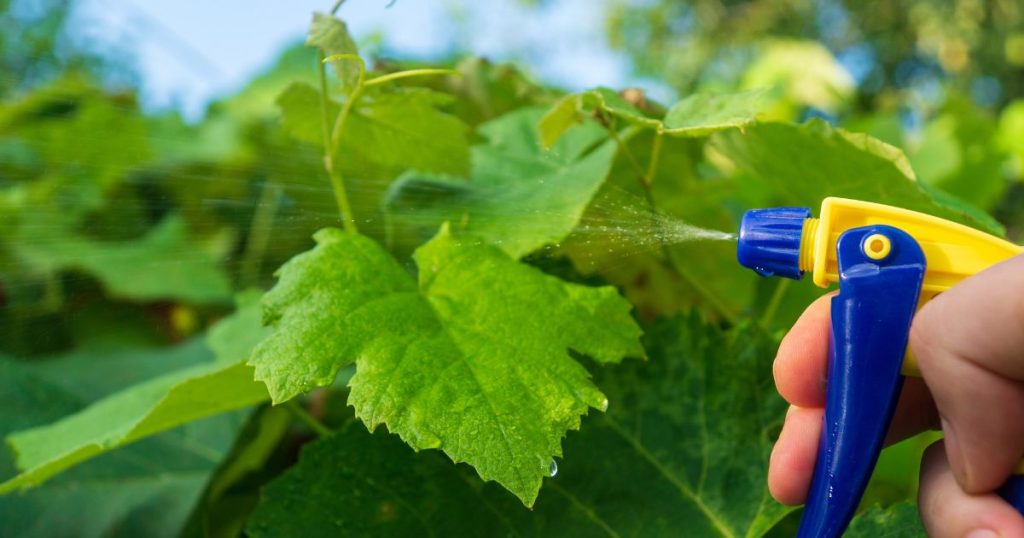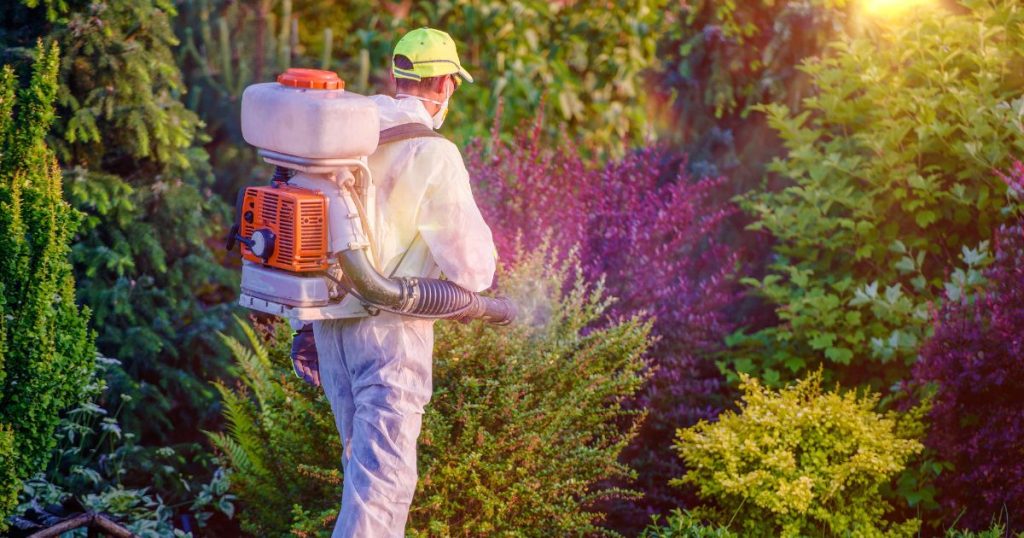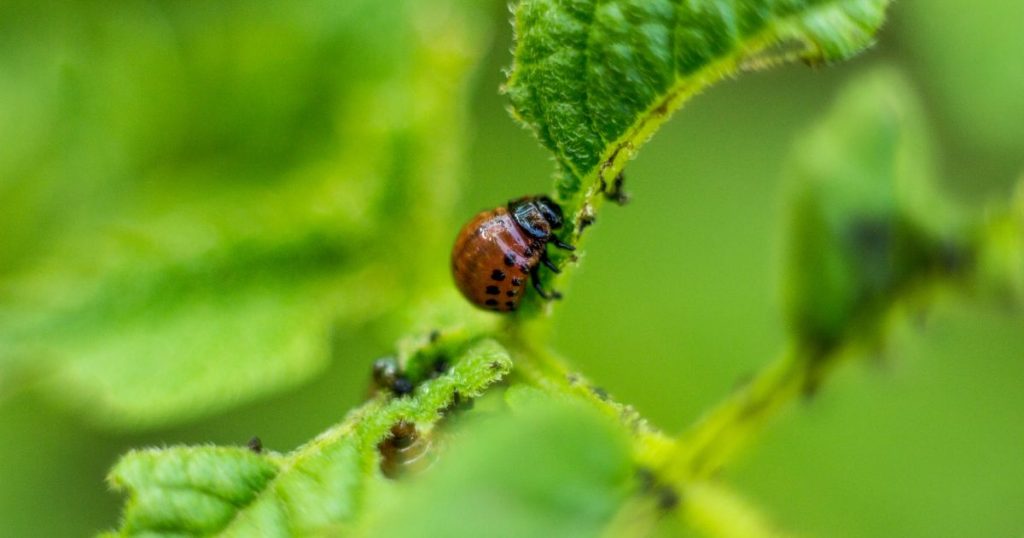Protecting wildlife in your garden is about balancing the needs of your plants with the safety and well-being of local animals. Adequate garden wildlife protection means using non-toxic methods and native plants to create a safe environment that attracts beneficial species while deterring pests. This approach supports pollinators and other helpful wildlife without harming your garden or the ecosystem.
Your garden can become a haven for birds, insects, and small mammals if you choose plants that naturally attract and support them. At the same time, simple strategies like physical barriers and organic repellents can protect your crops from damage caused by deer, rabbits, or invasive species. By making mindful choices, you’ll safeguard your garden and contribute to a thriving natural habitat.
Fundamentals of Garden Wildlife Protection
Protecting your garden wildlife involves recognizing threats and risks while respecting laws and ethical norms. This ensures your garden remains a safe space for plants and animals, preventing harm from common wildlife conflicts through humane control methods.
Understanding Local Wildlife Threats
You need to identify which animals frequent your area and the specific threats they pose to your garden. Different regions have varying wildlife, such as deer, rabbits, birds, or insects that can damage your plants by eating leaves, fruits, or seedlings.
Understanding feeding habits and behavior helps you tailor wildlife damage prevention strategies effectively. For example, deer often target tender shoots while rabbits focus on lower stems. Recognizing peak activity times lets you use deterrents or barriers when they’re most needed.
It’s also important to consider how your garden fits into the local ecosystem. By accommodating some wildlife needs, you encourage beneficial species that support pollination and pest control without allowing harmful overpopulation or plant destruction.
Common Risks to Gardens
Your garden faces several risks from animals, including plant destruction, contamination, and soil disturbance. Deer and rabbits commonly eat plants, while birds may damage fruits or vegetables.
Insects can also be a significant threat by feeding on leaves or transmitting diseases. Additionally, small mammals digging or uprooting plants pose risks that affect garden health and yield.
To prevent these, you can apply physical barriers like raised beds or fencing, use natural repellents, and create habitat zones to redirect wildlife activity away from valuable plants. These methods support wildlife damage prevention without harming animals.
Legal and Ethical Considerations
Before implementing any wildlife control, you should understand local laws protecting particular species or habitats. Some animals are protected by law, meaning harming or displacing them without permits is illegal.
Ethical garden wildlife protection emphasizes humane wildlife control. This includes non-lethal methods such as exclusion, habitat modification, and deterrents rather than traps or poisons.
Respecting wildlife means balancing your garden’s needs and the animals’ well-being. You should avoid practices that cause unnecessary stress or injury to animals, ensuring your garden promotes biodiversity as well as plant health.
Prevention and Control Strategies

Protecting your garden from wildlife damage requires targeted actions that both block access and discourage animals. Using physical barriers, exclusion methods, and deterrents can significantly reduce problems without harming local species. These strategies help maintain plant health and minimize pest issues common in areas like Dallas.
Physical Barriers and Fencing
Installing fences with small mesh openings is one of the most effective ways to stop animals such as rabbits and small mammals from entering your garden. Make sure the fencing extends several inches underground to prevent digging.
You can also use garden netting draped over plants or beds to protect vegetation from birds and insects without obstructing sunlight or airflow. For larger animals, consider strong, tall fencing with spaced posts for stability.
Physical barriers work best when paired with zoning—placing vulnerable plants toward the center of your garden so wildlife must cross less appealing outer areas. This layered defense limits easy access to prized plants.
Wildlife Exclusion Methods
Exclusion focuses on creating conditions that make your garden uninviting or inaccessible to unwanted wildlife. This can involve removing attractants such as fallen fruit, open compost, or standing water.
You might use mesh cages or wire covers to protect seedlings and fruiting plants individually. Another method is to install motion-activated lights or sprinklers, which startle animals and discourage return visits.
Implementing integrated pest management (IPM) practices tailored to your region, like garden pest management in Dallas, emphasizes habitat modification combined with physical exclusion. This approach reduces reliance on chemicals and supports a balanced ecosystem.
Deterrents and Repellents
Deterrents include a variety of tools designed to discourage animals from entering or staying in your garden. Commercial repellents use natural ingredients like garlic, capsaicin, or predator urine, which can be reapplied after rain.
Ultrasonic devices emit sounds that irritate wildlife but remain inaudible to humans. Their effectiveness varies, so use them alongside other methods.
Visual deterrents, such as reflective tape, scarecrows, or fake predators, can temporarily confuse birds and mammals. Rotate these devices regularly to prevent habituation.
Combine deterrents with physical barriers and exclusion for a more comprehensive defense against garden pests and wildlife.
Managing Garden Pests and Wildlife Responsibly
Effective garden pest and wildlife management requires precise strategies that protect your plants while maintaining ecological balance. You must encourage natural predators, use proven control methods, and seek expert help when challenges escalate beyond simple solutions.
Attracting Beneficial Wildlife
You can reduce pest problems by inviting natural predators into your garden. Birds, ladybugs, frogs, and spiders all feed on common garden pests like aphids, caterpillars, and beetles. Planting a variety of native flowers and shrubs nurtures these beneficial species by providing shelter and food sources.
Using bird feeders, bat houses, or small water features helps support these allies. Avoid broad-spectrum pesticides, as they kill helpful insects and disrupt natural pest control. Your garden becomes a self-regulating system that keeps pest populations under control without harmful chemicals.
Integrated Pest Management Approaches
Integrated Pest Management (IPM) blends biological, cultural, and physical tactics to manage pests with minimal chemical use. Start by accurately identifying the pest species causing damage, which guides practical control actions.
Implement physical barriers like fencing or netting to prevent wildlife intrusion, especially for persistent species. Cultural controls include proper watering, crop rotation, and sanitation to reduce pest habitats. Biological controls involve encouraging predators or using pest-specific treatments that spare pollinators and non-target species.
IPM emphasizes early intervention before pests cause significant harm. This proactive approach reduces reliance on pesticides and maintains garden health sustainably.
Working with Professional Services

When wildlife or pest issues exceed your control, it’s time to turn to humane wildlife control professionals in Dallas. Some of them offer experts trained to safely and legally capture and relocate animals without harm.
Hiring such services ensures compliance with local regulations and minimizes risks to your family and garden. Professionals can also identify problem species and recommend tailored solutions based on your garden’s specific conditions.
Critter Stop is a leading choice with exceptional expertise in humane pest and wildlife removal. They offer free inspections and deliver thorough, respectful service. Critter Stop’s reputation for reliable work and attentive customer care makes them a competent partner to resolve your garden wildlife challenges. Call (214) 234-2616 to schedule your free inspection today.



